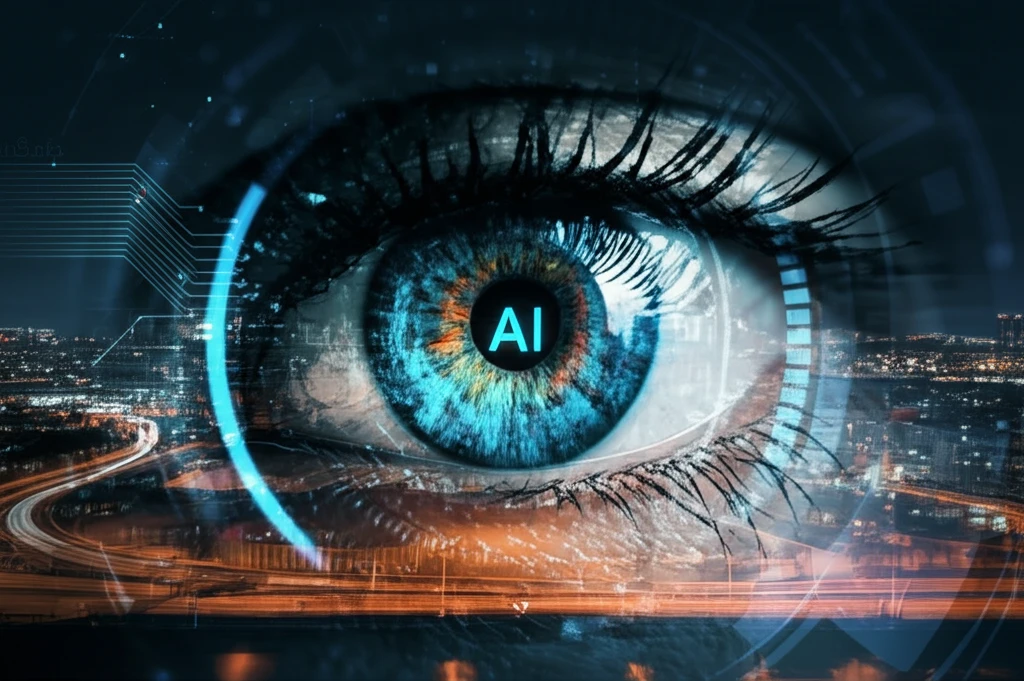
Seeing Clearly: AI's Breakthrough in Automatic Glasses Detection
"New AI Approaches Enhance Iris Recognition by Identifying Glasses in Near-Infrared Images, Improving Accuracy and User Experience"
In an era where biometric technology is becoming increasingly integrated into our daily lives, the accuracy and reliability of these systems are paramount. Iris recognition, a highly secure and precise method of biometric identification, is no exception. However, the presence of eyeglasses can significantly hinder the performance of iris recognition systems. Glasses introduce reflections, blur, and other visual distortions that can compromise the quality of the captured iris image, leading to inaccurate readings.
Recognizing this challenge, researchers have been diligently working on methods to automatically detect the presence of glasses in iris images. This capability is crucial for creating more robust and user-friendly biometric systems. By automatically identifying when a subject is wearing glasses, the system can prompt them to remove them, ensuring optimal image quality and accurate recognition. This not only enhances the security of the system but also improves the overall user experience by reducing errors and the need for manual intervention.
Recent advancements in artificial intelligence and machine learning have opened new avenues for addressing this problem. Innovative approaches leveraging statistical methods, deep learning, and algorithmic techniques are now capable of detecting glasses with remarkable accuracy. This article delves into these cutting-edge technologies and their impact on the future of iris recognition systems.
The Impact of Glasses on Iris Recognition: Why Detection Matters

Before diving into the specifics of automated glasses detection, it's essential to understand why glasses pose such a significant challenge to iris recognition systems. As highlighted in a research paper, eyeglasses can introduce several factors that degrade image quality:
- Blur: Lenses, especially those with strong prescriptions, can cause blurring, making it difficult for the system to capture a sharp image of the iris.
- Dirt and Scratches: Imperfections on the lenses can further distort the image.
- Optical Distortions: The curvature of the lenses can alter the perceived shape and structure of the iris.
The Future of Iris Recognition: Clear Vision Ahead
The advancements in automatic glasses detection represent a significant step forward in the field of iris recognition. As AI and machine learning technologies continue to evolve, we can expect even more sophisticated and accurate methods for addressing the challenges posed by glasses and other visual impairments. These advancements will not only improve the security and reliability of iris recognition systems but also make them more user-friendly and accessible for a wider range of applications. From airport security to mobile device authentication, the future of iris recognition looks clear, with AI leading the way to a more secure and seamless world.
